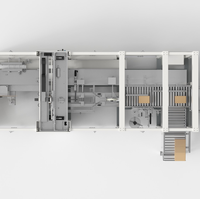
CSA vs CSV: And the winner is ... Quality!
A former colleague who was soon to retire once told me: “Old doesn’t mean bad.” While this certainly holds true for human beings, does it also apply to technology and methodology? Are the concepts of Computerized System Validation (CSV) and scalable life cycle activities outdated? Will they be washed away soon by Computer Software Assurance (CSA) – the new star on the horizon? This blog provides a critical review of the current hype about CSA. It sheds light on the common elements of CSV and CSA, eyes their differences, explains the main focus of CSA, and highlights how to achieve both, quality and compliance. As this is not a tutorial, we assume readers are already familiar with concepts like CSV and data integrity.







